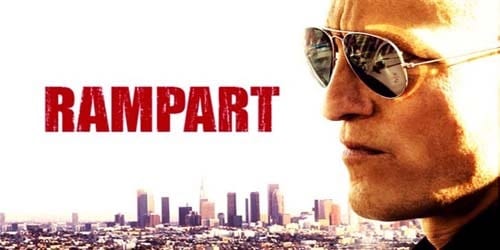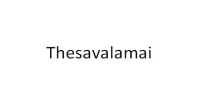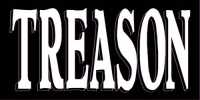The Rampart scandal involves widespread police corruption in the Anti-Gang Unit Community Resources Agrast Street Hoodlum (CRASH) of the Rampart Division of the Los Angeles Police Department in the late 1990s. More than 70 officers were involved in misconduct, including unprovoked beatings and shootings, planting and hiding evidence, drug theft and trafficking, and lying. The consequences of periodic scandals have tarnished the image of this organization. As a result of the (most recent) LAPD rampart scandal, 100 criminal cases have been overturned. The city of Los Angeles has paid over $ 100 million for contempt of the LAMP’s rampart department. Hollywood has jokingly captured the reality of corruption in the Los Angeles Police Department (LAPD) in various films. Film LA is secretly examining the harmful culture of LAPD, with more recent images centering on a corrupt LAPD police officer on training day. Each film shows how the LAPD has established corruption in different ways. The Lampe scandal is a real-life version of LA Privacy and Training Day.
The Rampart investigation was initially based on the statements of Rafael Perez, a well-known corrupt CRASH officer, who initially involved more than a dozen officers. It was also the busiest department for services and criminal activity calls. In the 1970s and late 1980s, the region saw an increase in violent crime, particularly gang, drug, and weapons-related crimes. The Los Angeles City Council member was interviewed. The 1991 Christopher Commission report was used to identify the organizational culture of the LAPD prior to the Rampart scandal. Secondary literature was used as a complement to LAPD analysis. Newspaper articles in the Los Angeles Times were used to capture the feelings of various stakeholders in the Los Angeles community. Discrimination between citizens and police has already escalated since Rodney King beat several Los Angeles police officers in 1991 and four days of violent riots erupted in Los Angeles in 1992, after three officers were acquitted in 1991. As a result of the investigation of false evidence and false allegations by the police, 106 previous criminal convictions were quashed. The scandal has led to more than 140 civil lawsuits against the city of Los Angeles, California, which had a settlement of about 125 million.
Partly as a result of this scandal, Mayor James K. Han did not reassign police chief Bernard Parks in 2002. Both the parlor scandal and the D-Factory shots are believed to have defeated Han to Antonio Villaraigosa in the 2005 mayoral election. As a result of the scandal, the city of Los Angeles has filed more than 140 civil lawsuits, costing an estimated $ 125 million. The investigation overturned more than 100 cases and uncovered corruption in many more.















